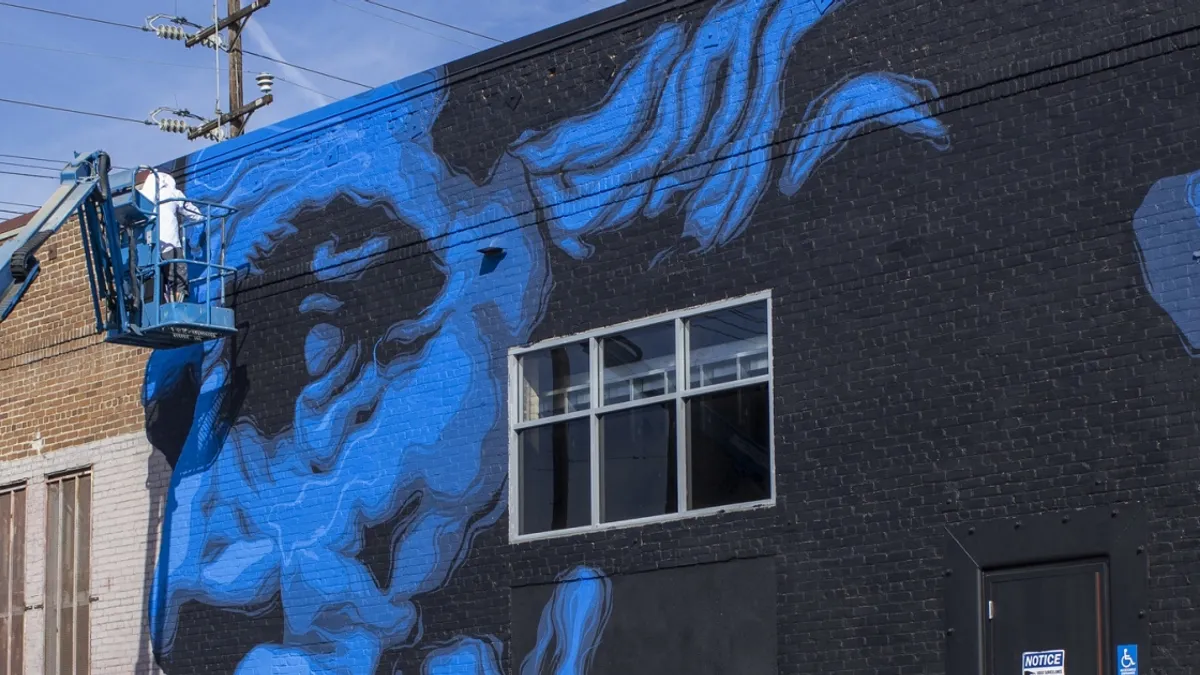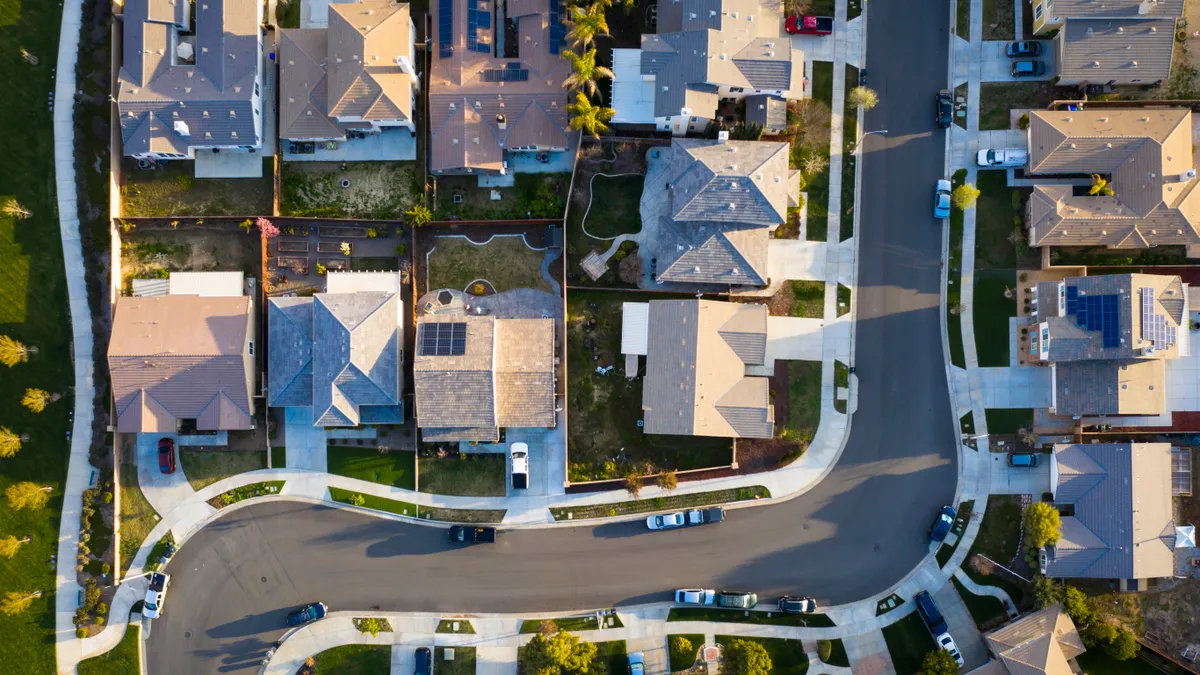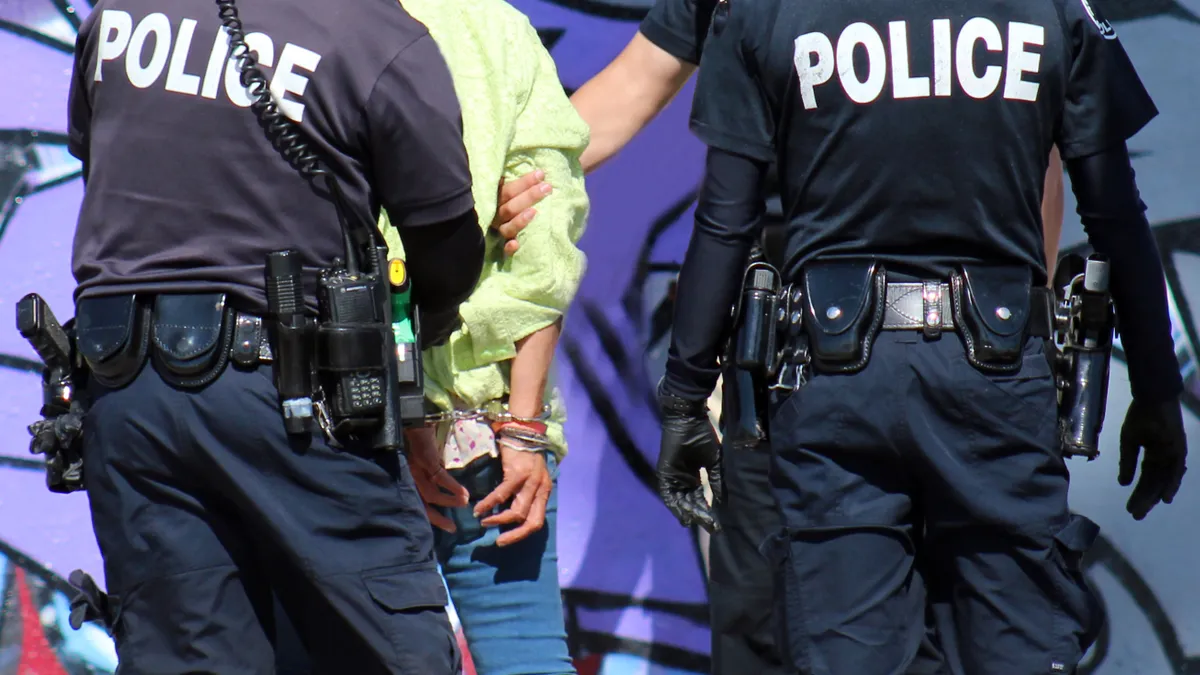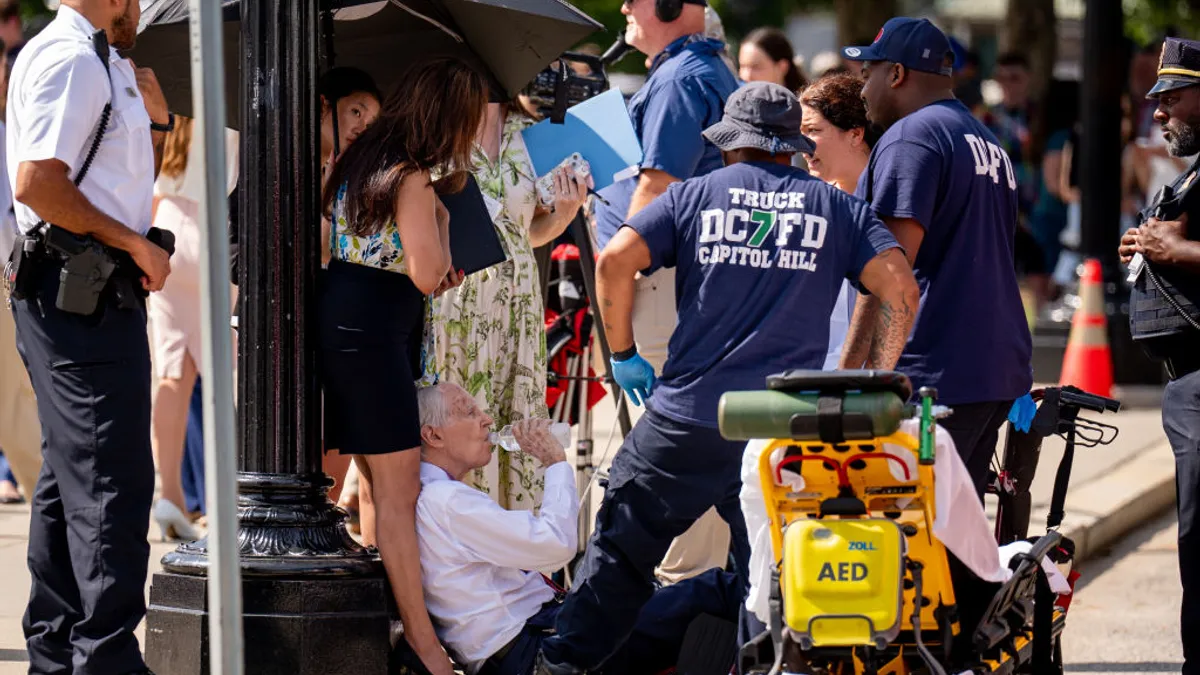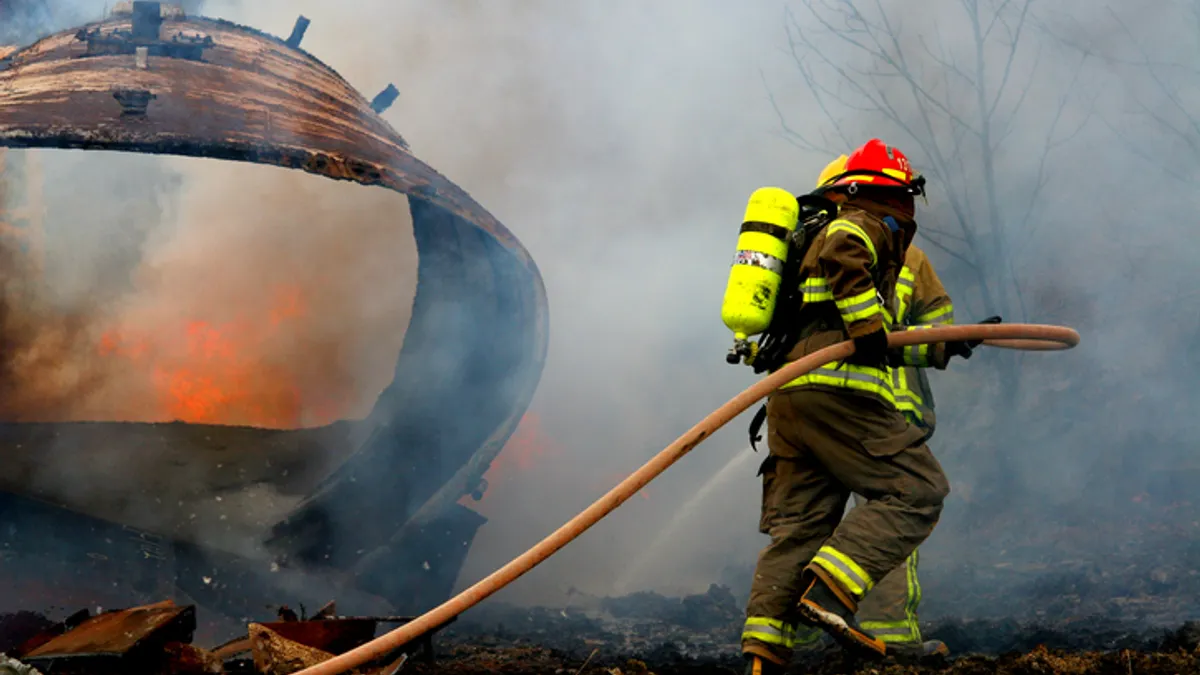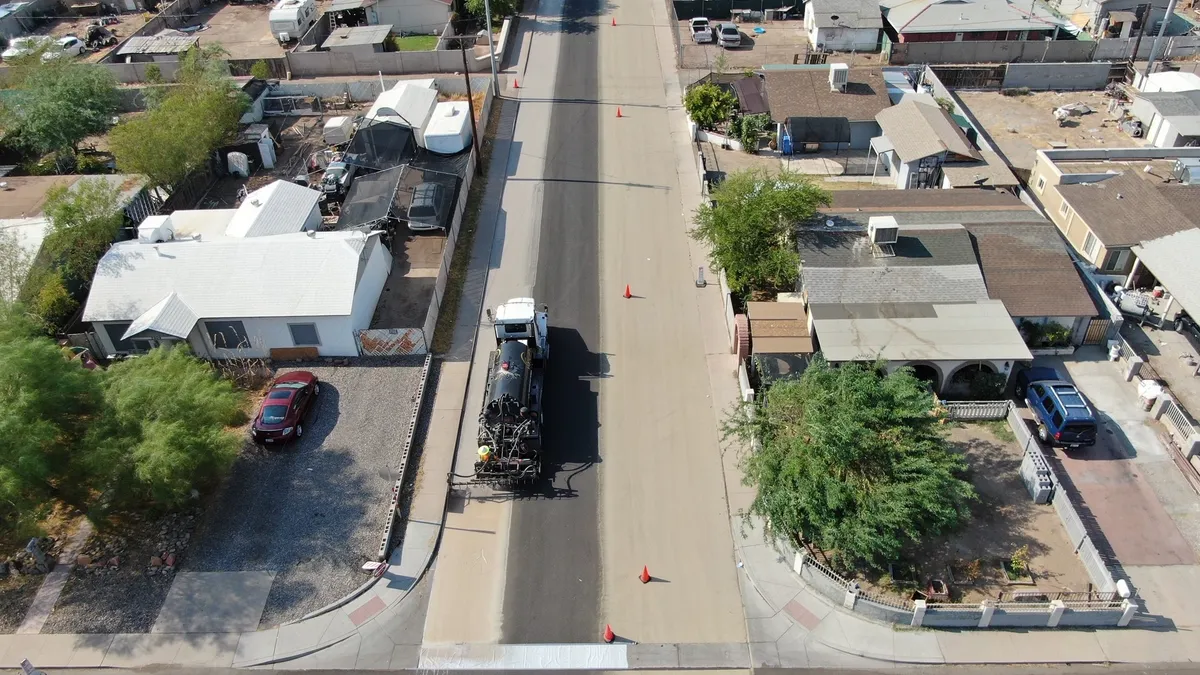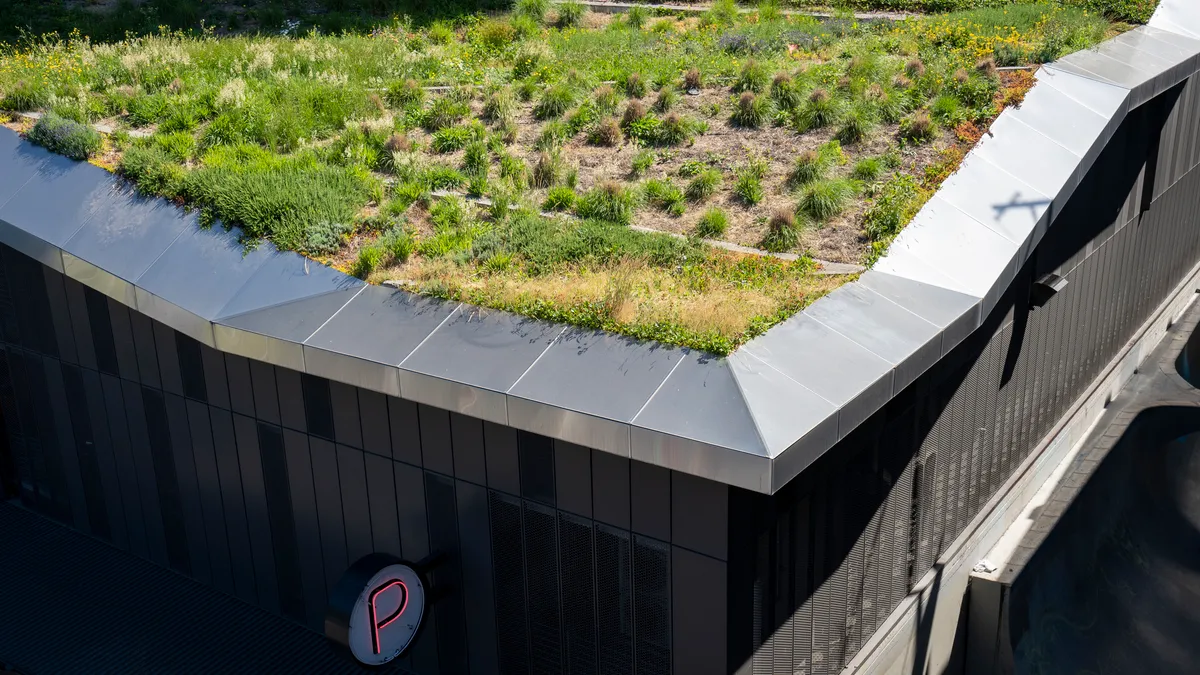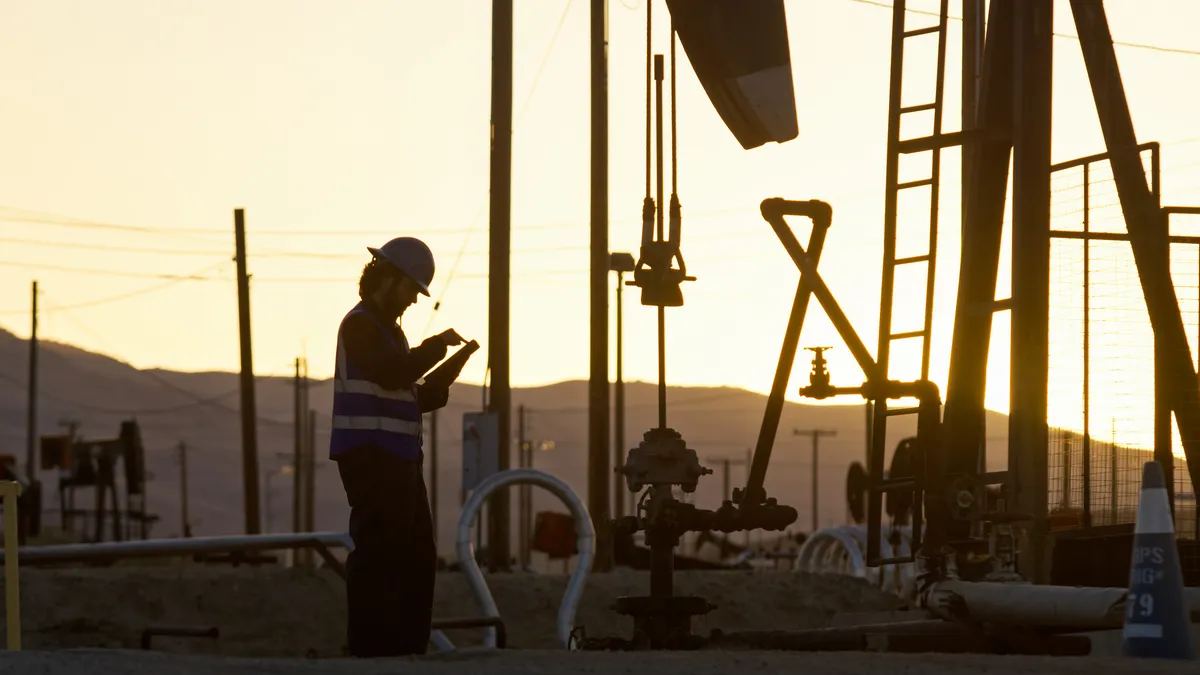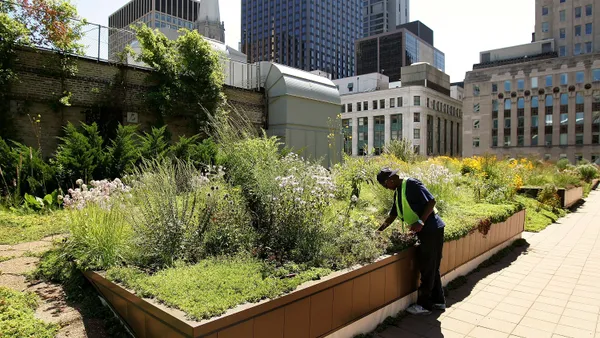As U.S. cities struggle to cope with scorching temperatures in urban heat zones that have been worsened by climate change, a Boston-based regional planning group is encouraging communities to use art in their cooling measures and in building support for efforts that address resiliency.
The Metropolitan Area Planning Council (MAPC) has published a guidebook that teaches local city leaders how to partner with community-based organizations and artists to develop creative shade and cooling infrastructure for the public. It also encourages using those collaborations to promote community preparedness for climate risks and to engage people in building resilience through public participation and cultural programming.
"You can show people statistics, but they feel art. I think there's power there," said V. Kelly Turner, co-director of the University of California, Los Angeles Luskin Center for Innovation. "It's very encouraging to see." Turner developed the idea of using reflective paint to make murals cooler, an idea she and multiple community partners implemented in a mural of Zeus in South Los Angeles.
Urban heat islands — places in cities where high temperatures occur due to the lack of green spaces and the presence of hard surfaces — are often in or near communities where people of color live. People who use public transit or do not have air conditioning are especially affected by urban heat, the report says.
"When we talk about heat, a portion of it is climate change, but a portion of it is how we choose to build and divide a city," Turner said. "We have some neighborhoods that are really sun-exposed. They're just baking — literally."
Some arts project developers build water parks or other cooling interventions in communities with urban heat concerns, giving people a chance to relax while cooling off. Lexington, Kentucky, set up the SplashJAM pop-up water play site in 2016 in response to kids playing in a fountain in the city's Thoroughbred Park. In Philadelphia, the Playstreets project put water play equipment on city blocks that were closed to traffic. The project also handed out cooling kits — complete with water guns, misting fans and cooling rags — to kids when swimming pools were closed due to COVID-19 in summer 2020. Those were among the examples of art-related cooling efforts MAPC highlighted in a slide deck accompanying the report.
Other art projects provide shade for bus commuters, create conversations about urban heat, or develop visuals to show rising sea levels.
These projects may need to prove themselves to skeptical climate specialists and the planning community, which insist on impact data. Introducing project evaluation to artists involves a learning curve, according to Jeanette Pantoja, senior public health and climate planner at MAPC. Arts grants typically do not include in-depth performance evaluation of the kind that climate interventions require.
The Zeus eco-mural that Turner helped develop did not include social research. The mural, the first completed with cooling paint, she said, was designed to cool down the brick wall it was painted on and start a conversation about climate change.
“It's hard to say if arts-centered resilience interventions are effective at addressing heat-related health impacts," Pantoja said. "They haven't been extensively evaluated. Common evaluation practices are poorly designed to capture the impacts of the arts on health and resilience outcomes."
Even so, "We want to encourage more communities to try these approaches and learn from them to gradually establish an evidence base to support their use and investment," Pantoja said.
Pantoja encouraged climate stakeholders to partner with artists from urban communities on such projects. The artists already have roots in communities of color, so they are effective messengers to help planners connect with them, she said.
"Communities of color are impacted by discriminatory planning practice and planning policy," said Claudia Zarazua, regional art and culture planner at MAPC. "Having someone like an ambassador as an artist working for the community helps us, as planners, build trust in the community. It puts [technical] content into a more accessible format.”
When communities are worried about climate change, artists can provide a way for community members to talk about it and see more hopeful futures.
"Emphasizing the crisis and doom is really discouraging," Pantoja said. "Emphasizing solutions and alternative futures tends to be a much more motivating force. That is where the arts create a unique contribution to this work. You can work with an artist in order to articulate and demonstrate what the alternative future is. You can do that with communities to find out what their priorities are."


